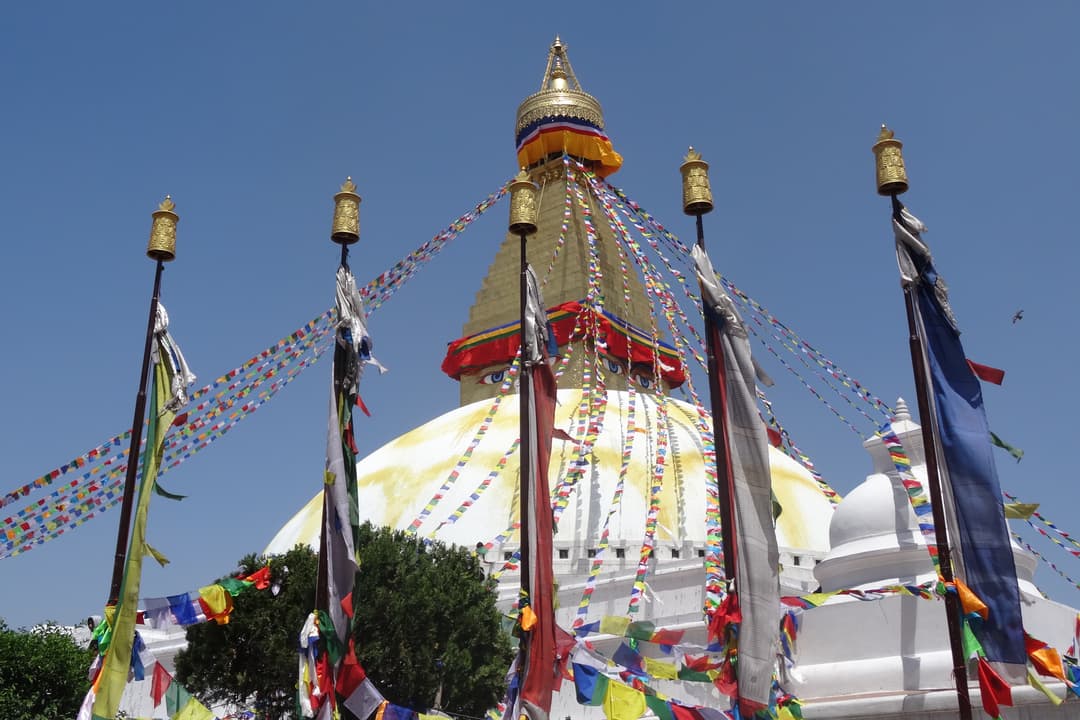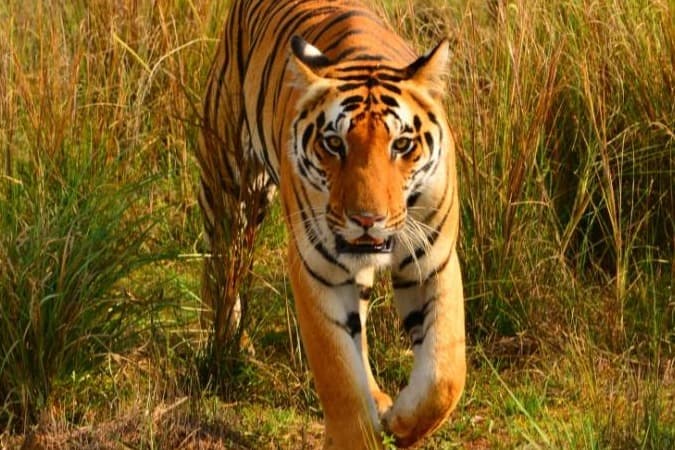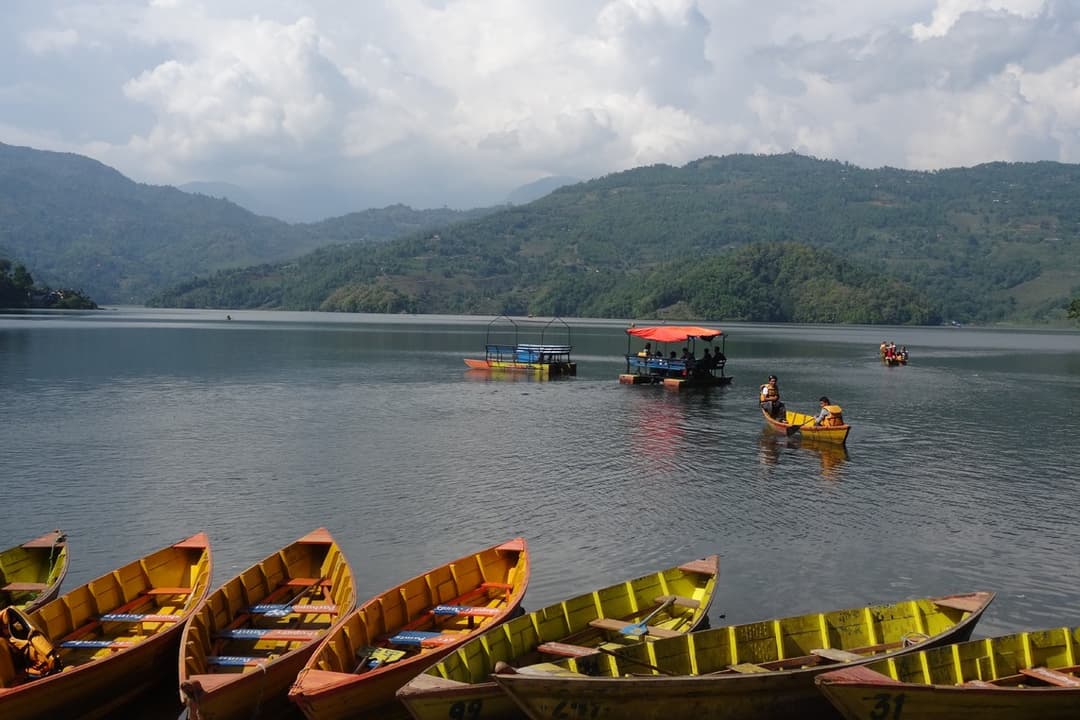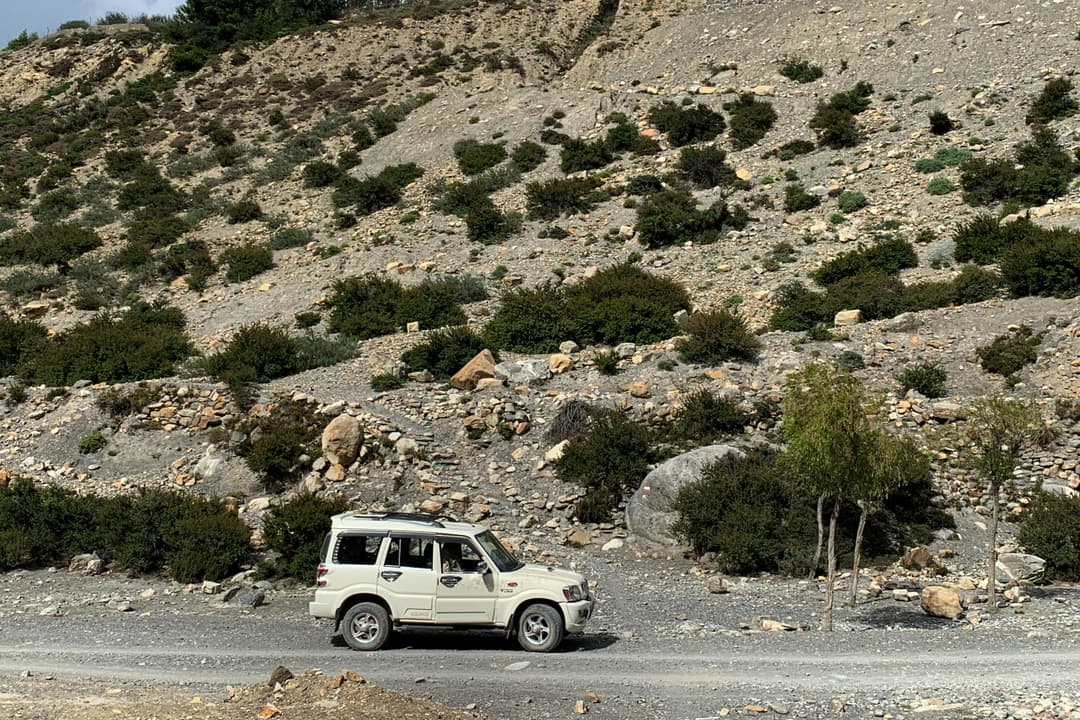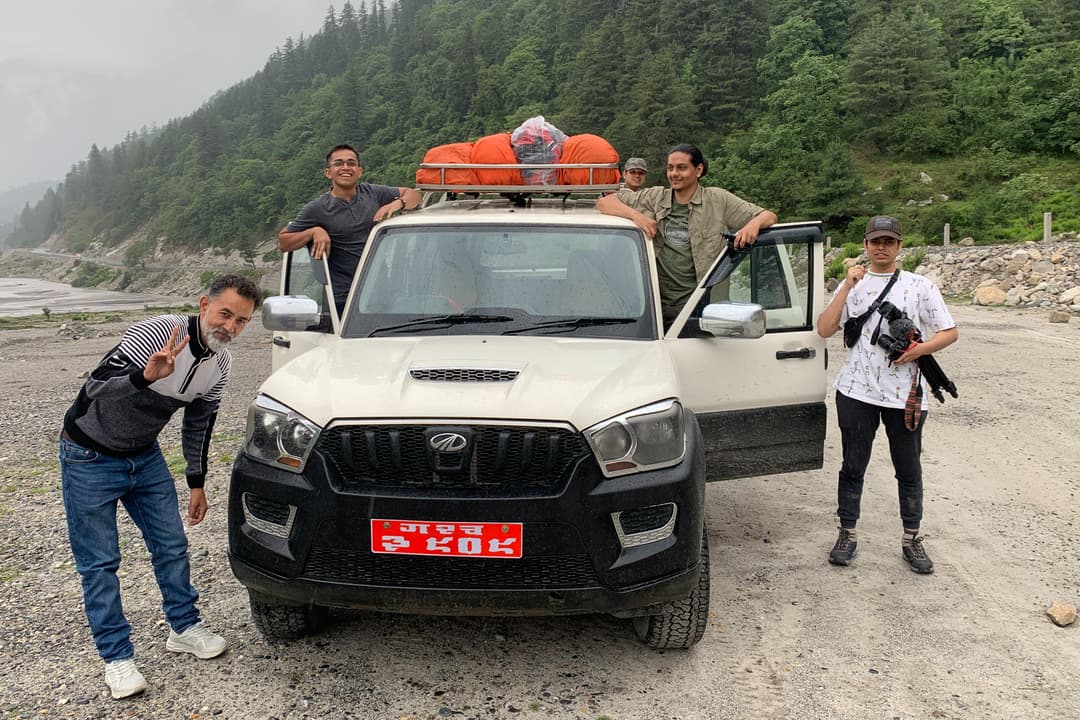Guru Rinpoche (Padmasambhava) Vajrayana Pilgrimage Tour in Nepal is a uniquely outstanding tour designed for the Vajrayana devotees who are Dzogchen practitioners. The tour takes you to the major sacred sites of Nepal, where Guru Rinpoche (Padmasambhava) meditated and enlightened. The itinerary of this tour has been customized based on our previous experiences or organizing tours.
Following the places where Guru Rinpoche meditated and appeared in various forms, the tour kickstarts from Kathmandu, exploring the sites of Pharping. Asura Cave and Yangleshö Cave are the renowned points. Visiting Dakshinkali temple is just one kilometer away from there. She is a powerful God, but this site comes as a complement.
Maratika Cave of eastern Nepal is immensely renowned around the globe. It is not only for the Buddhists but also for Hindu and Kirant devotees. It is such a powerful place, where Guru Rinpoche achieved immortality. Similarly, Yarinag (Yarinak) of Temal Kavre district comes on the way while driving back from Maratika. It is highly recommended to visit if you follow the significant sites of Guru Rinpoche and His power.
Likewise, Namobuddha Monastery (THRANGU TASHI YANGTSE MONASTERY), Bhaktapur Durbar Square, Milarepa Cave, Vajrayogini Temple, Tiloppa Cave, and Naropa Cave of Pashupatinath, Guiheshori, Boudhanath Stupa, Patan Durbar Square and Vajrayogini temple, Swayambhunath stupa are major places that this tour covers.
Major Attractions of Guru Rinpoche (Padmasambhava) Vajrayana Pilgrimage Tour in Nepal
Pharping Asura Cave and Yangleshö Cave
The enormous 40m-high statue of Guru Rinpoche is a prime attraction, which was built in 2012. From this point, the monasteries of the Dollu village and Pharping can be seen. During the winter months, he practiced at the sunny upper Asura Cave, and during the hot summer months, he retreated to the lower Yangleshö Cave. Guru Rinpoche (Padmasambhava) was enlightened by meditating in the Asura Cave of Pharping.
Maratika Cave (Halesi Mahadev) and its significance to devotees
In Kirant mythology, Maratika cave is their ancestral cave, where their ancestor Raechhakule (Khokchilipa) also known as Hetchhakuppa remained inside.
In Hindu mythology, it is believed that Maratika-Halesi is an abode of Lord Mahadev, hiding from the demon- Bhasmasur. Thousands of pilgrimage seekers visit this place to pay homage.
In Buddhism, Maratika Cave is one of the six supreme pilgrimage sites in the world and very special for Vajrayana practitioners. Those people looking for a long life prefer to visit this sacred site in eastern Nepal. It is here that Guru Rinpoche, with his consort Mandarava, achieved immortal life through the practice of Amitayus (Cited from Tara Himalayan vision).
Yarinag (Yarinak)- Temal, Kavre
Yarinag (Yarinak) of Temal Kavre district is one of the most important meditation places of Guru Rinpoche. It is also known as the 'Phurba of Approach'. Guru Rinpoche (Padmasambhava) took the figure of Dükyi Shechen, who removed obstacles and provided protection. Guru Rinpoche practiced Vajrakilaya and slayed demons. Major things not to miss to see at Yarinag (Yarinak)
- Tiger’s head
- Drum, conch shell, and trumpet
- Phurba or Kila-dagger
- Sogshing (“tree of life-force”)
- Gargyen (“round ornament of the torma”)
Namobuddha (THRANGU TASHI YANGTSE MONASTERY)
Namobuddha monastery is of a Kagyu tradition: a monastic college focused on the study of Buddhist philosophy, a practice assembly focused on meditation, and an activity contingent focused on various aspects of work at the monastery.
- 6-storied main temple building
- Medical Clinic
- Shree Mangal Dip Branch School
- Monks' quarters
- A monastic college
Namobudda (literally means newborn Buddha). There is a story of a prince who feeds his flesh to a hungry tigress to make her alive and feed her cubs. When the people came to search for the prince, there were only bones. They are engraved here. The prince is taken as a rebirth of Lord Buddha.
Birth Assumptions in Buddhism
- By birth
- From egg
- From sweat
- By superpower: Without sexual intercourse, born with divine power. It is believed that Guru Rinpoche spontaneously appeared in the center of a lotus.
Best Time for the Tour
Guru Rinpoche Vajrayana Pilgrimage Tour can be done throughout the year. However, if you would like to catch the best time, you can travel except during the monsoon season, which is July and August. From mid-September, the weather goes better and the tour can be done as per your wish.
Food and Accommodation on the Tour
Food and accommodation are great on this tour. All your accommodation will be in luxurious and comfortable hotels and resorts. Your tour primarily revolves around the cities and for a couple of nights, you will stay outside of Kathmandu valley. One night- you will stay at a luxurious resort at Maratika Cave and another night you will stay at the monastic guest house at Namobuddha.
Regarding food, it is available of your choice on the menu. So, there are not any limited items. At Namobuddha, you will be having meals with monks.
Transportation in the Tour
Transportation service depends on the group size about which vehicle to use. We use the vehicle as per your group size. However, even for a minimal size, we recommend using a 4WD Land Cruiser Jeep, rather than using cars.
.1-5 Pax- by Land Cruiser Jeep
.6-12 Pax- by Hiace
. 13+ Pax- Tourist Bus
Tour Extension
The tour can be extended as per your availability of time. If you would like to extend the tour that is significant to the mastic experience, we take you to Mustang Muktinath and Pokhara.
Guide for the Tour
Our tour guides are government-licensed and have led an abundant number of tours to various destinations and cultural sites of Nepal. sometimes, the way to describe some Guru Rinpoche Holy sites may differ between the guide and the Lama because the sites have different meanings for different forms of religious devotees.




.jpg&w=3840&q=75)


